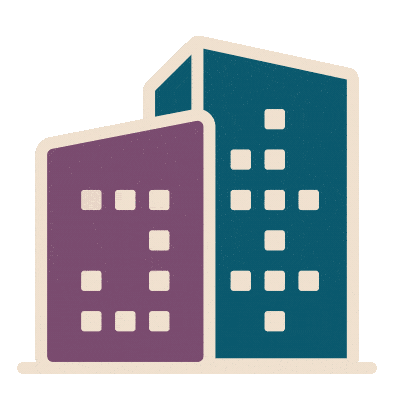Kathya Ardon's WELL AP experience informs policy for sustainably planned community
"The things you learn from becoming and practicing as a WELL AP, if you truly grasp the extent of it and have a passion for it, can really make a difference in your everyday life."
As the sustainability advisor for Condado Naranjo, a 700-acre master-planned community in Guatemala City, and WELL Accredited Professional (AP), Kathya Ardon understands the relationship between design and experience – including design’s impact on human health and well-being.
1. How did you first hear about the WELL AP? What got you excited enough about it to apply, study and take the test?
I first heard about WELL AP through the Guatemala Green Building Council (GBC), at a green interiors seminar. When I was deciding on a career path at university, I was debating between architecture and medicine, as I’ve always had an interest in both, but I ultimately decided to pursue architecture. When I learned about WELL I saw an opportunity to merge the two fields that I liked the most. Applying, studying and obtaining the WELL AP credential was a journey that I knew I had to take.
2. What’s one way becoming a WELL AP has impacted your life and/or career?
I now take more factors into consideration in the course of my day-to-day life, like incorporating more greenery into my office space, drinking more water, being more conscious about my fitness and eating habits, and so on. The things you learn from becoming and practicing as a WELL AP, if you truly grasp the extent of it and have a passion for it, can really make a difference in your everyday life.
3. Did anything about the WELL AP surprise you? What was it? How would you prepare WELL AP candidates for that?
When I first set out to study for the WELL AP exam, I was quickly surprised by the amount of information that needed to be understood and studied. Preparation was a long and intensive process because I had to push past “familiarity” with the concepts, to true understanding and analysis. If I were talking with someone considering pursuing the WELL AP, I’d let them know how important it is to truly commit to understanding and enacting WELL principles, including incorporating WELL into their everyday life. More than studying for a credential, you’re gaining a perspective.
4. What’s something about the WELL AP–or the WELL movement in general–that isn’t often discussed, but you think deserves more attention?
Becoming a part of the WELL movement can really change your perspective. Before you get involved in the WELL world, as an architect, you see and analyze buildings through a certain lens. You evaluate the distribution, the aesthetic, the finishes, etc. Once you become a WELL AP, you still evaluate all of this, but you’re also considering what strategies of biophilia are being incorporated, where are the lamps located, whether is there enough natural ventilation, do they have “no smoking” signs, etc. It opens your eyes to pay attention to factors that you wouldn’t before, and those factors shape the experiences people have in these spaces.
5. What does well-being mean to you? How do you incorporate it into your life and routine?
To me, well-being means having a balance between “work and play,” and making conscious decisions that will have a positive impact on your everyday life, that take into consideration not only the “physical” aspects but also the mental. I try to incorporate well-being into my life by implementing small actions like having a water bottle that encourages me to drink more water, setting up smartwatch notifications for when I’ve been sitting for too long, or opening windows to allow natural airflow.
6. Is there a specific WELL concept, feature or set of features that have really resonated with you and that you’ve incorporated into your own life?
Yes, both the nutrition and mind concepts. I’m trying to be more aware of what I’m nourishing my body with, incorporate portion control and improve my water intake. With the second, I try to have “self-care” moments throughout the week to keep my mental health as balanced as possible, from silent moments with myself to spending quality moments with people I care about.
What does well-being mean to you? And how can you make it a reality in your environment? Dig into these questions – and get the tools you need to take action – as a WELL AP. Start the learning process today.






